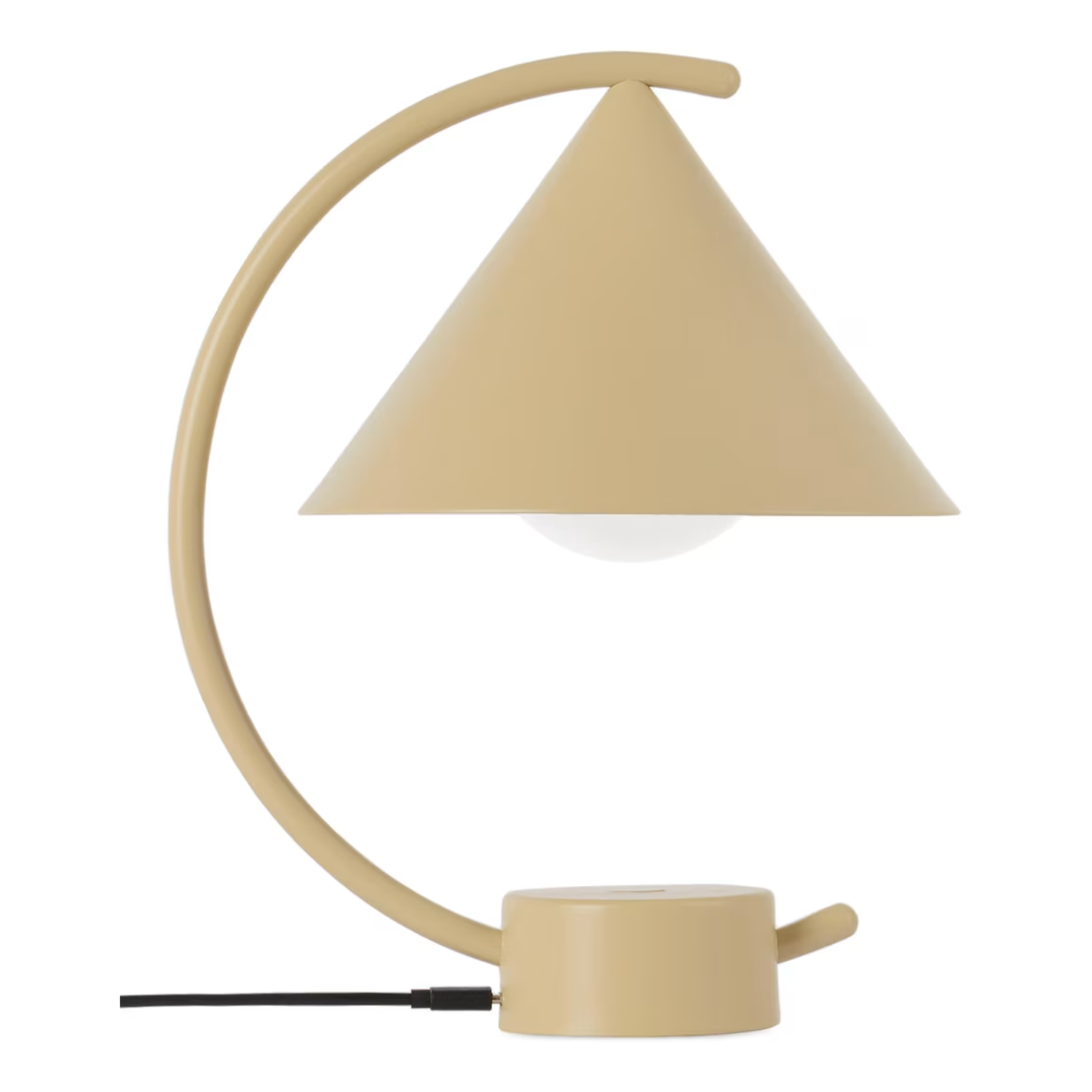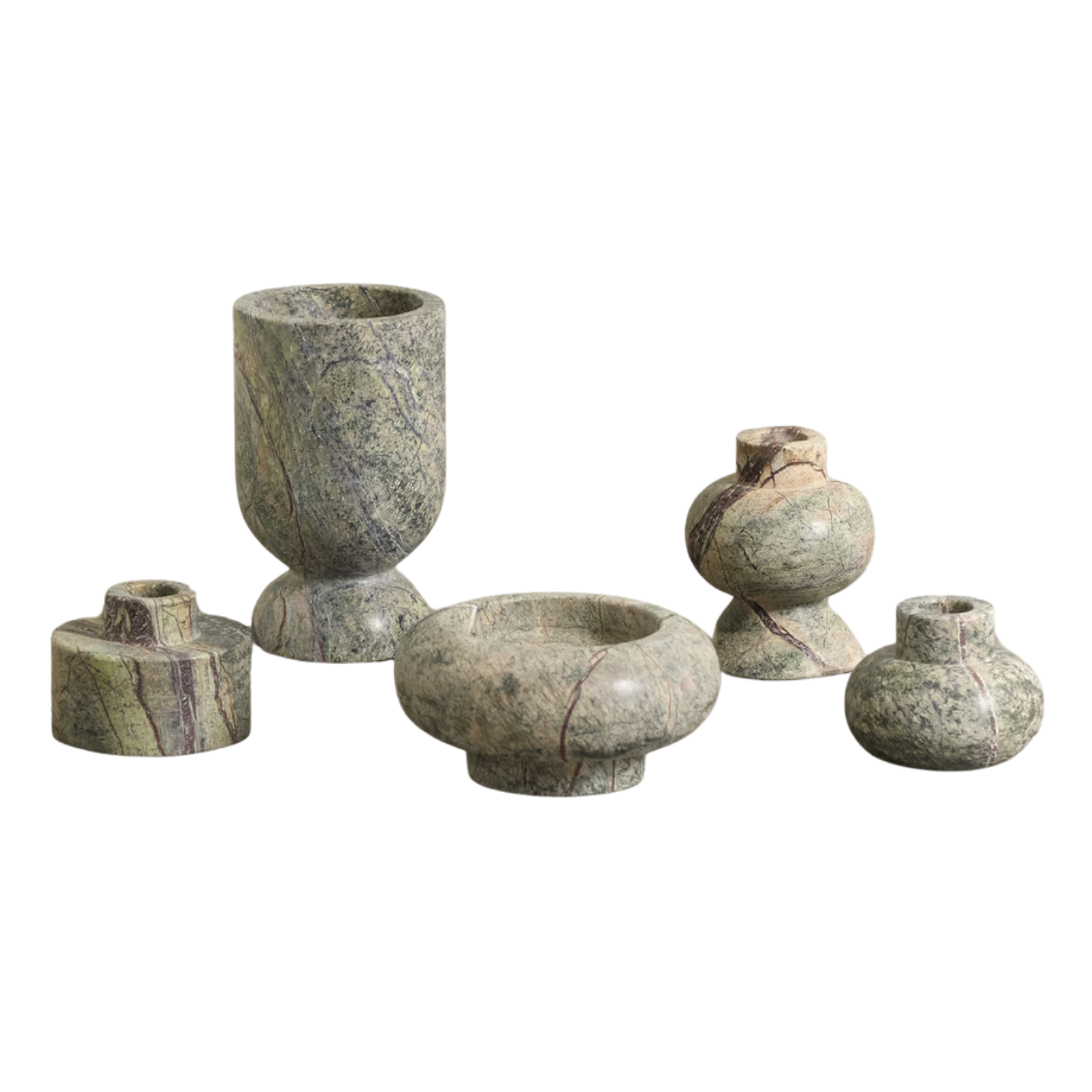The Japanese Principle of Iki (粋) Is All About 'Refined Elegance' — Here's How to Embrace It in Your Home
Here's everything you need to know to inspire your home
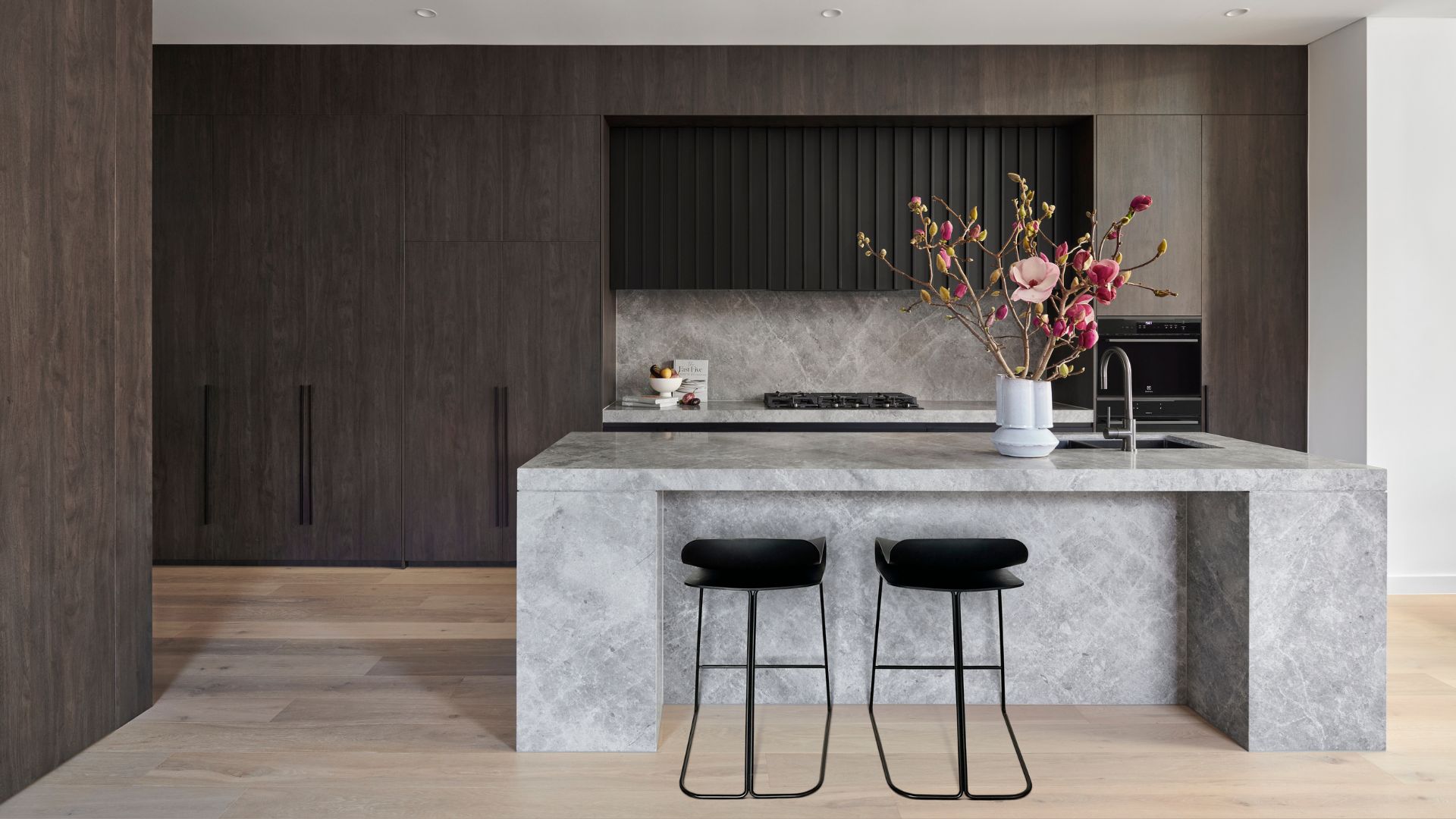

There's something about subtle style that speaks volumes over brand-clad furniture and fashion, too. But speaking of the former, tasteful minimalism has recently been a major indicator of discerning interior grace.
However, the truth is that Japanese design has been incorporating this concept into their interiors for years now, under the name 'iki'. And this principle of design revolves around the aesthetic of refined elegance.
No loud colors, bustling patterns, and ticking trends. Instead, think rich neutrals, classic textures, and timeless minimalism. If this sounds like everything you dream of in a home, here's what you should know.
What Is 'Iki' (粋)?
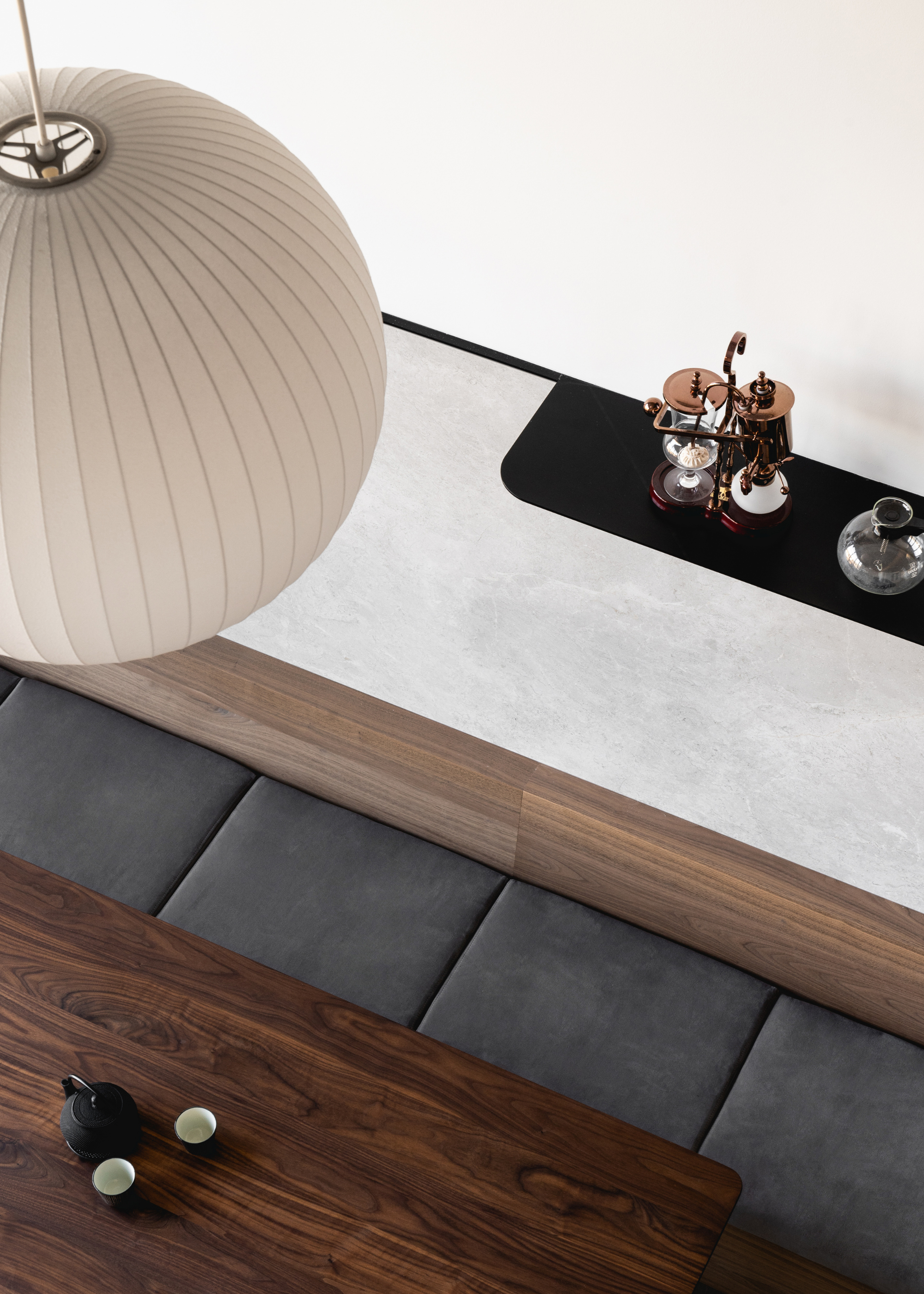
Iki teaches us to find comfort in polished subtlety.
"Rooted in Edo-period Japan, Iki is an elusive yet elegant aesthetic," says interior designer Nina Lichtenstein. "It speaks to a polished simplicity, quiet confidence, and the beauty of understatement.
"Often translated as chic or refined, Iki isn’t about flash or ornamentation. Instead, it’s about restraint, authenticity, and a natural kind of allure. Something quietly captivating rather than overtly decorative."
Nina explains where Western design might chase trends or maximalism, Iki invites a deeper appreciation for the imperfect, the fleeting, and the unforced. Reminiscent of the quiet luxury trend, therein lies the true beauty of this elevated interior style.

Nina Lichtenstein is the founder and principal designer of her eponymous interior design studio that specializes in customized living spaces. Her recognizable calling card includes serene palettes, diverse textures, and elegant blends of stone, wood, and other natural materials. For close to a decade, Nina has showcased her in-depth construction and design expertise on projects spanning the North East. Over the years, Nina has become known for designing spaces that inspire wonder, drawing the eye from one to another, inside and outside, night or day.
How to Embrace Iki at Home?
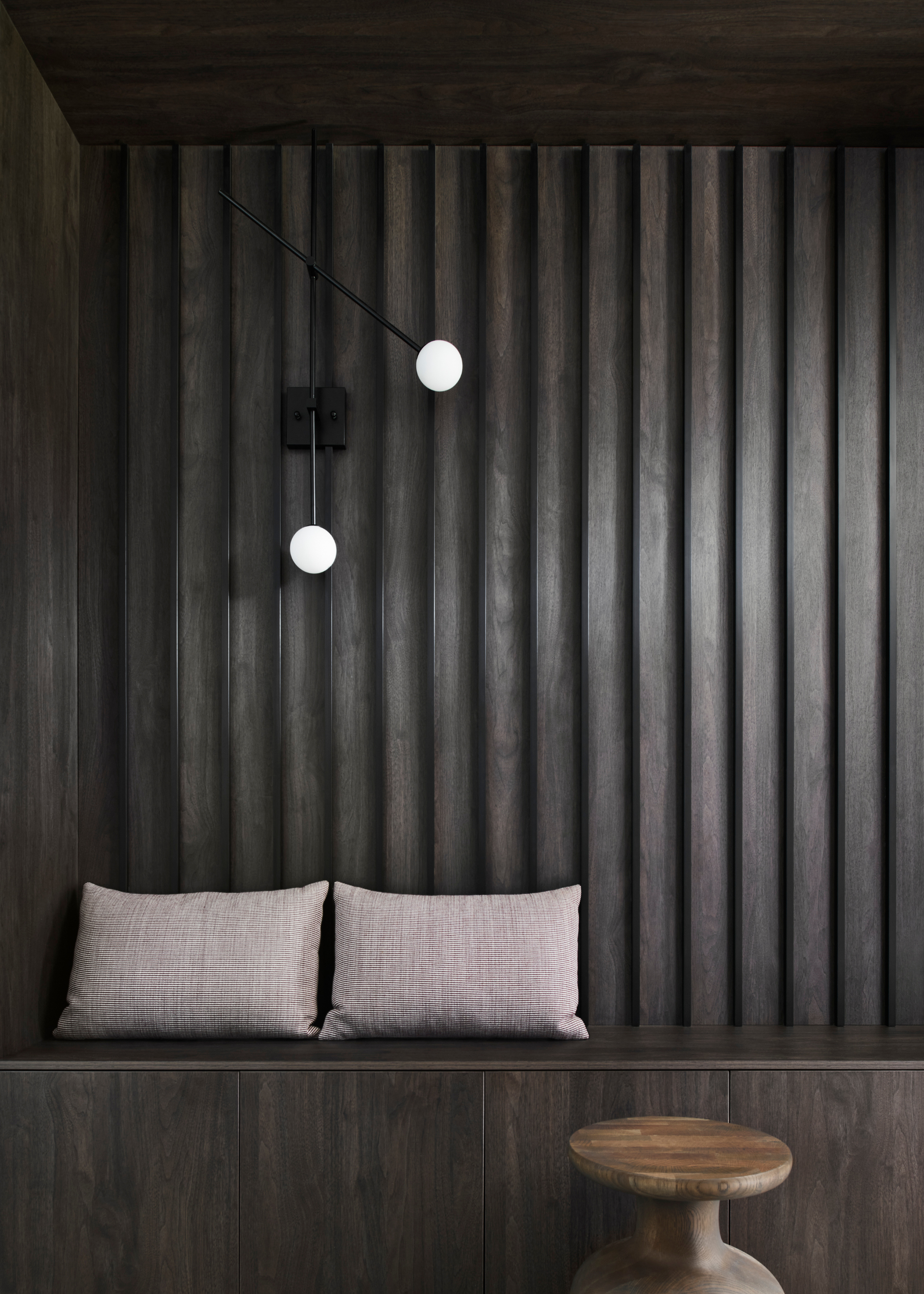
Curate with intention and a focus on refined minimalism.
According to Jen Baxter, founder of Baxter Hill Interiors, there are a couple of things to remember when designing a living space with Iki at the forefront.
"Start by choosing fewer, but better pieces," she says. "Focus on well-made furnishings crafted from honest materials — natural woods, organic textiles, and handmade ceramics.
"Also, remember to prioritize thoughtful hospitality. Iki is deeply tied to respect for others. Think beyond aesthetics and consider how others experience a space: Is there a place to set a drink? A soft, inviting chair by the window?"
By designing a space to make your guests feel at home, you've already got the essence of Iki under your wing.

Jen Baxter founded Baxter Hill Interiors based on a wealth of experience in refined living and a deep passion for design. She specializes in creating bespoke interiors that enhance wellbeing, drawing on a background in home renovations and established collaborations with talented architects, craftspeople, and vendors. Currently pursuing formal training at the New York School of Interior Design, Jen pairs her creative expertise with 25 years of executive leadership in corporate strategy, project management, and change management. This unique blend allows her to expertly guide luxury clients through the excitement and complexity of major renovations. With a Japanese grandmother, Jen has a deep appreciation for cultural concepts like Iki, and she integrates these principles into her designs, creating spaces that embody authenticity and subtle sophistication.
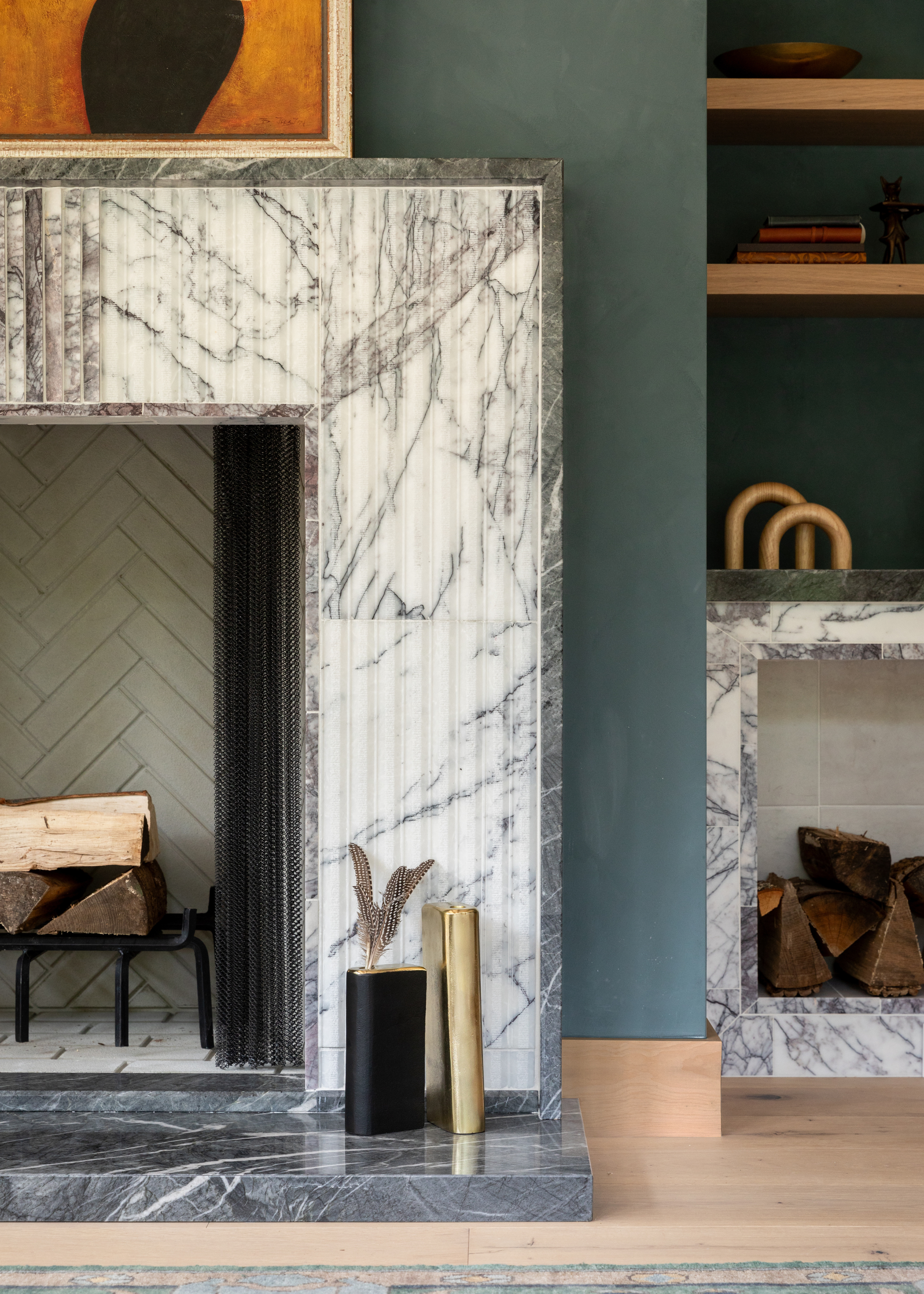
Playfully accessorize, but keep to the theme.
"When designing your home in the spirit of Iki, it's important to take inspiration from the personal and unexpected," says Jen. "A sculptural heirloom, a travel memento, or a piece of art that tells a story — things that can create that essential spark of individuality without being too loud."
Lastly, she points out that Iki doesn’t mean perfection. Although this aesthetic seems impeccable, curated, and clean as can be, there's always room for fun. A tad more experimental than minimalism in interior design.
"Contrary to what you might think, Iki allows for spirit and even playfulness," she notes. "Just as long as it’s grounded in refinement and intention."
What to Avoid
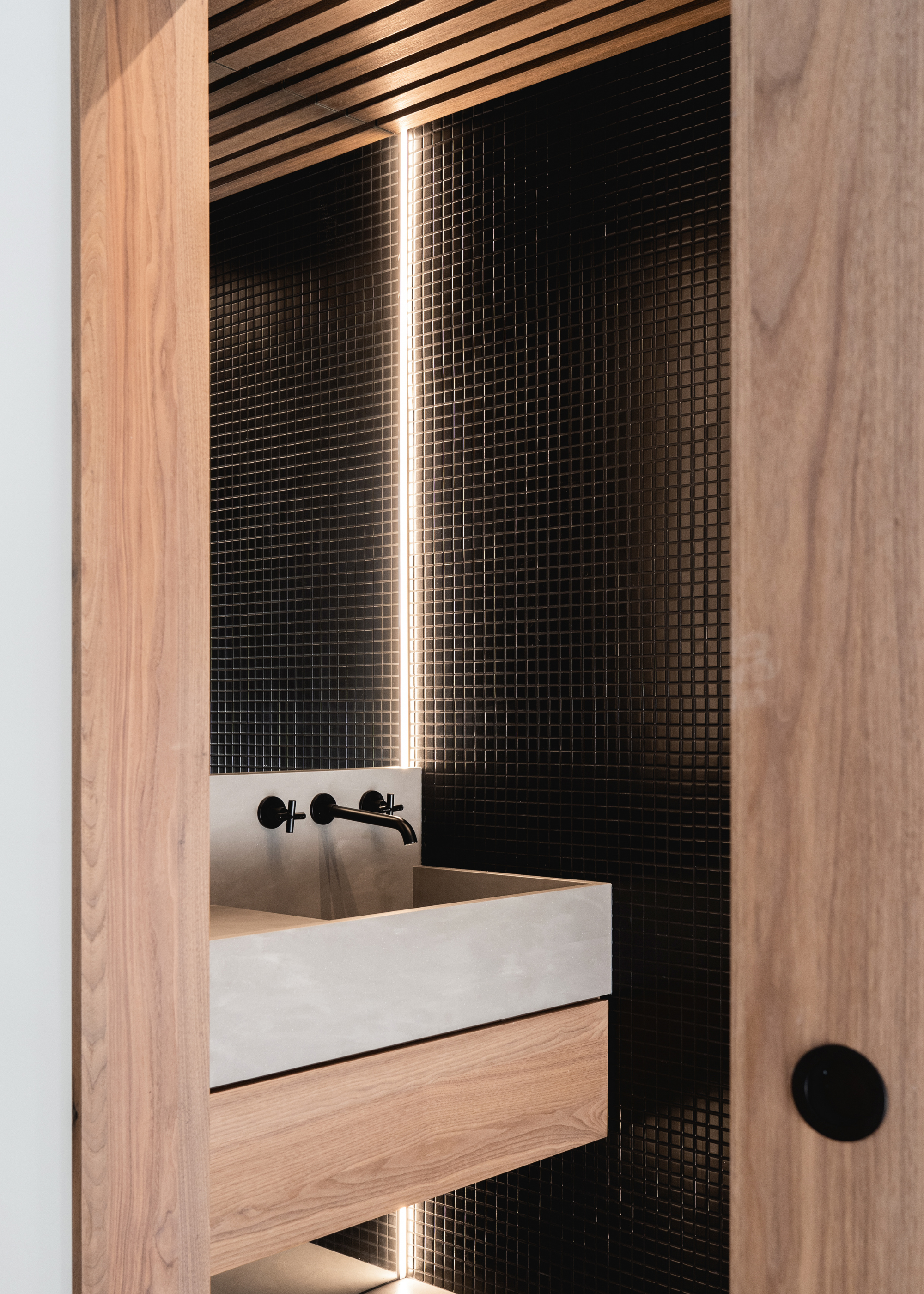
Do little and do it well.
If you're wondering what not to do when designing with Iki, Jen tells us that over-designing is one of the biggest faux pas, with respect to this particular Japanese design. "After all, Iki lives in simplicity, subtlety, and small moments of delight," she says.
"It's also against the concept of Iki to simply follow trends or choose items purely to impress. Even the most luxurious piece can feel off if it lacks sincerity.
"And last but not least, I recommend avoiding faux materials that mimic the real thing. Remember that Iki values integrity, in both material and mindset."
So, in place of any faux, low-quality pieces, use authentic Japanese decor as the perfect finishing touches to your home.
Get The Look
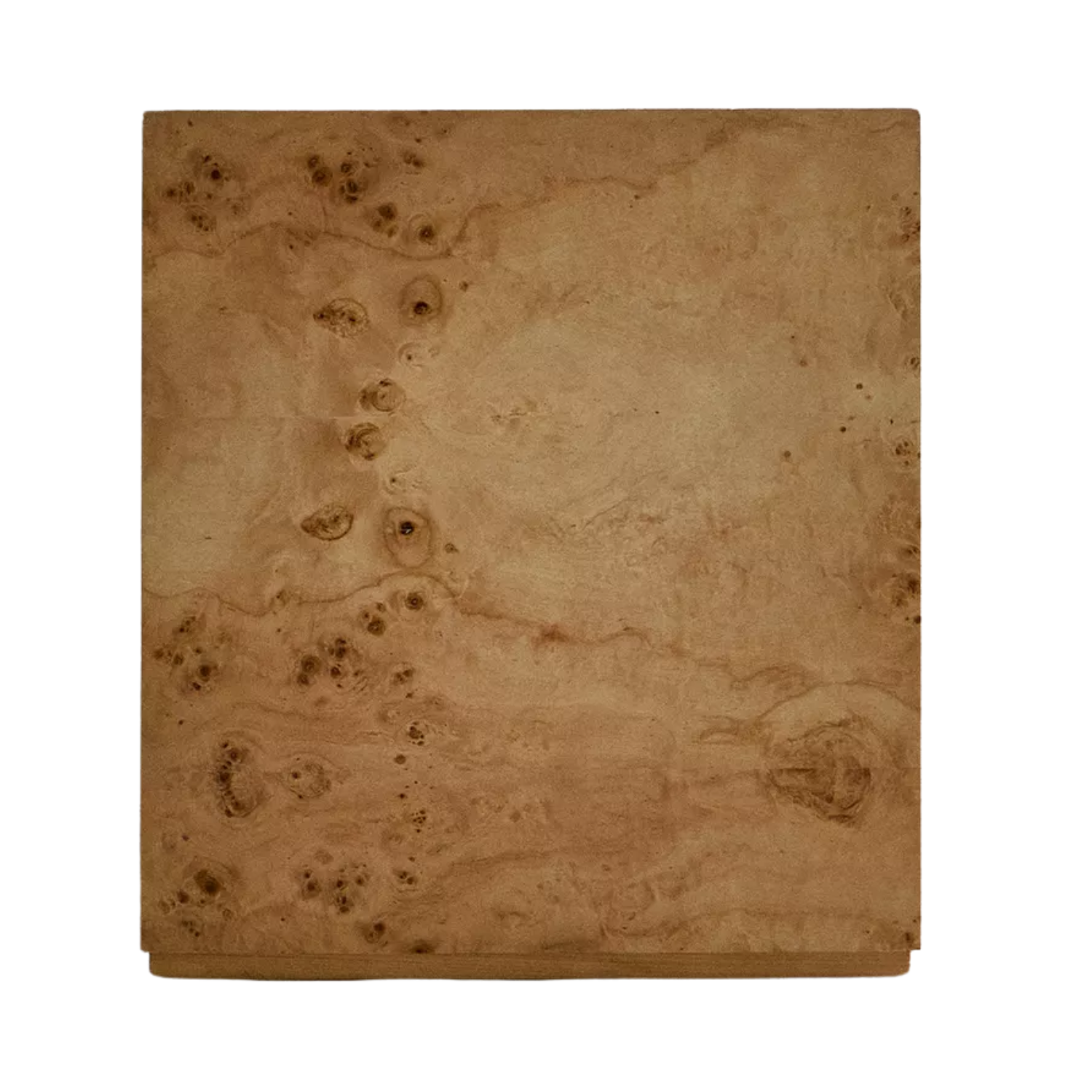
Color: Light Beige
This Root Wood Cube Table from Zara Home is the perfect Iki-inspired side table to add a grounding element to your living room or your bedroom.
If you're unconvinced as to why Iki is a concept to take inspiration from, Nina explains that living in a home inspired by Iki can be a grounding experience. She finds the gentle restraint of this aesthetic nurtures mindfulness and cultivates clarity.
"By paring back visual noise, you allow space for presence, both physical and emotional," she explains. "Iki encourages us to shift away from consumption and toward appreciation, from perfection to authenticity.
"It reminds us that elegance doesn’t shout; it whispers. And in that whisper, we find a kind of peace that’s increasingly rare in modern life, a quiet luxury rooted not in status but in soul."
Be The First To Know
The Livingetc newsletters are your inside source for what’s shaping interiors now - and what’s next. Discover trend forecasts, smart style ideas, and curated shopping inspiration that brings design to life. Subscribe today and stay ahead of the curve.

Amiya is a Home Wellness Writer at Livingetc. She recently graduated with a Masters Degree in Magazine Journalism from City, University of London, and has lent her words to beauty, fashion, and health sections of lifestyle publications including Harper’s Bazaar and Women’s Health. Her experience as a research analyst has equipped her with an eye for emerging trends. When she’s off the clock, she can be found reading, listening to music, or overanalyzing her latest Co-Star update.
-
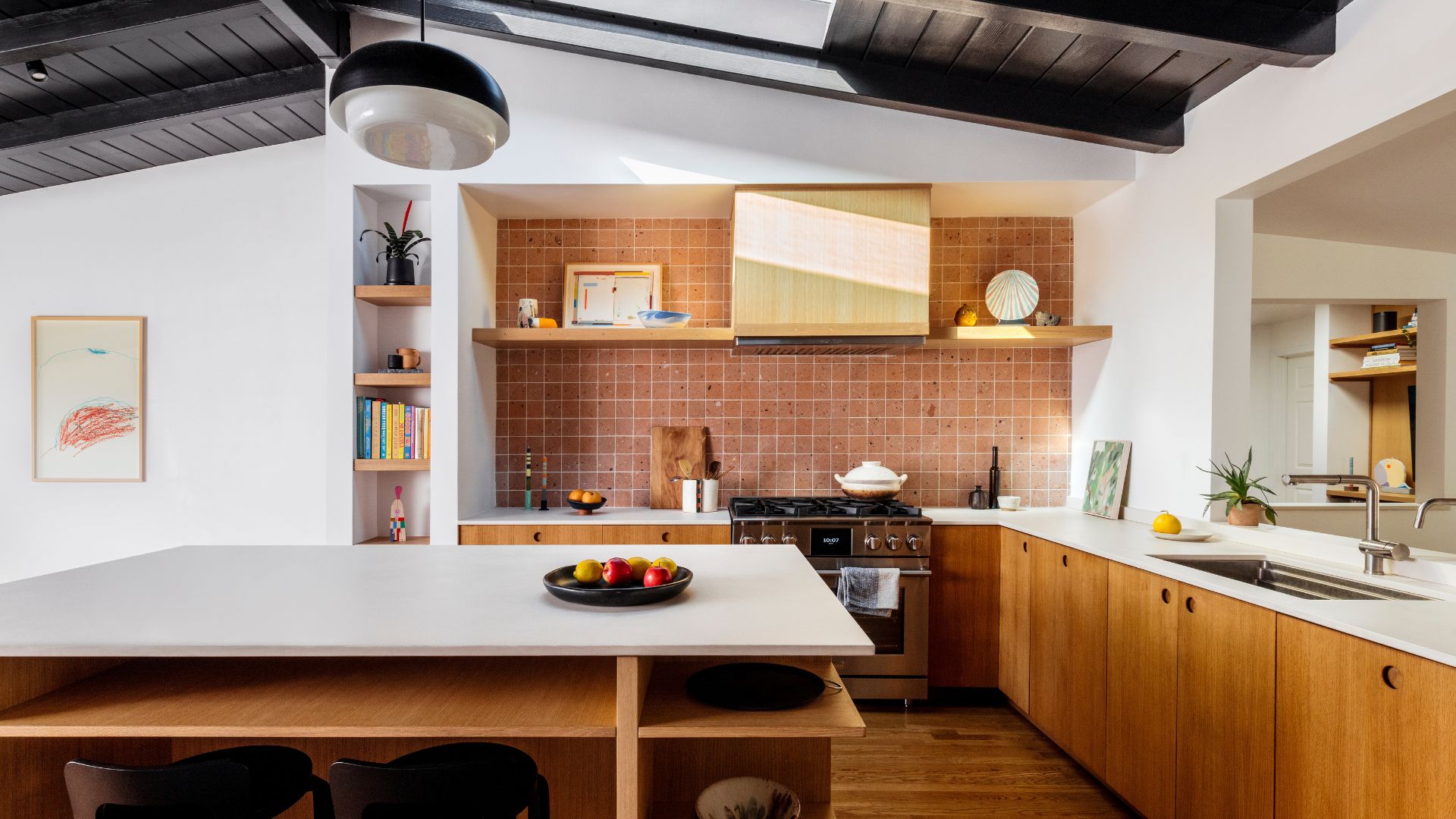 This Overlooked Space in Your Kitchen Could Be Causing Feng Shui Problems — Here's What to Do to Avoid Negative Flow
This Overlooked Space in Your Kitchen Could Be Causing Feng Shui Problems — Here's What to Do to Avoid Negative FlowAccording to Feng Shui, where your stove sits matters. So instead of tampering with the chi in your home, here are six rules to note for a harmonious kitchen.
By Amiya Baratan Published
-
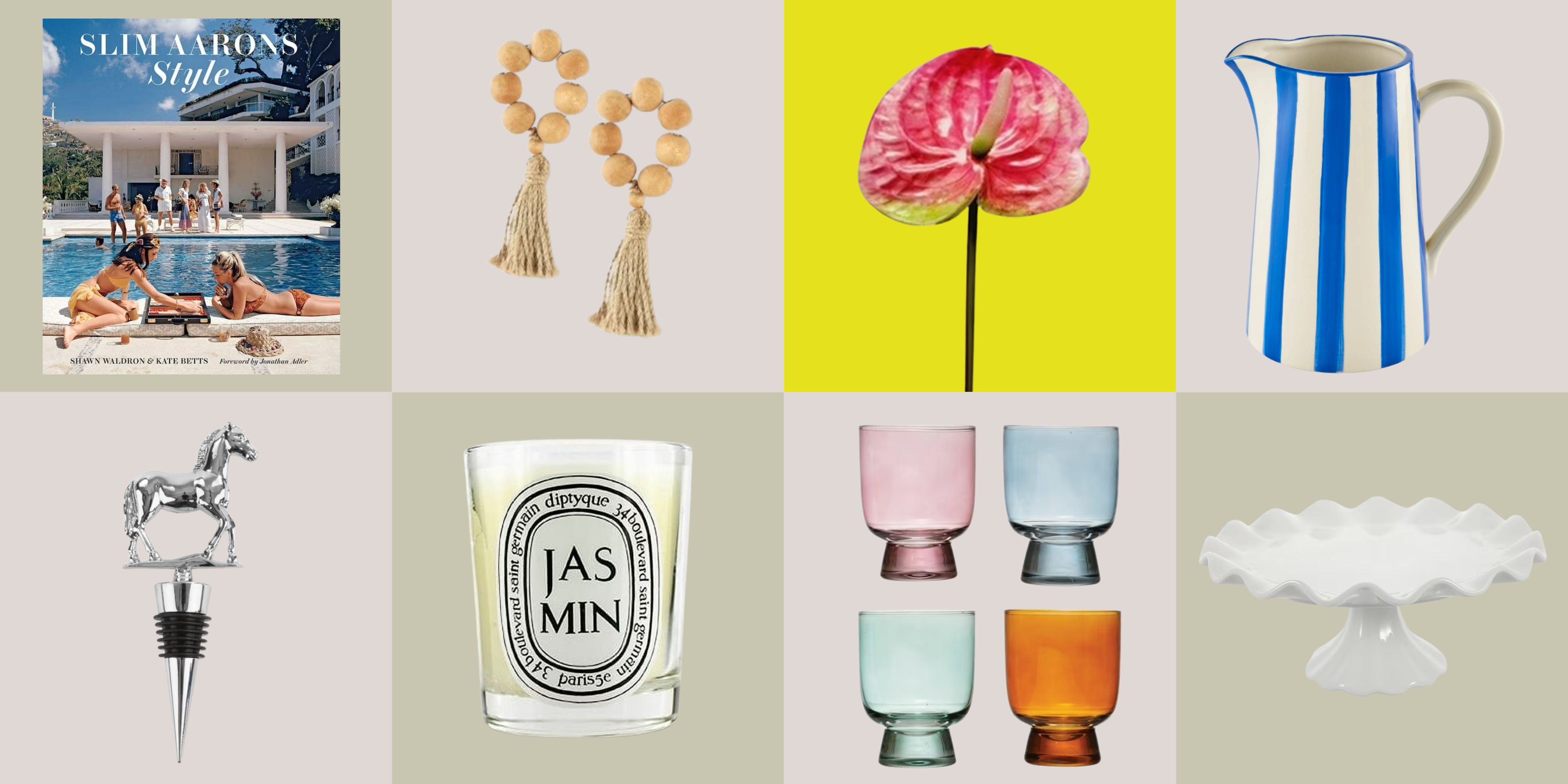 12 Essentials Every Cool, Collected Spring Host Needs — And You’ll Never Guess Where They’re From
12 Essentials Every Cool, Collected Spring Host Needs — And You’ll Never Guess Where They’re FromGuests will think you thought of everything, you just knew where to shop
By Julia Demer Published
-
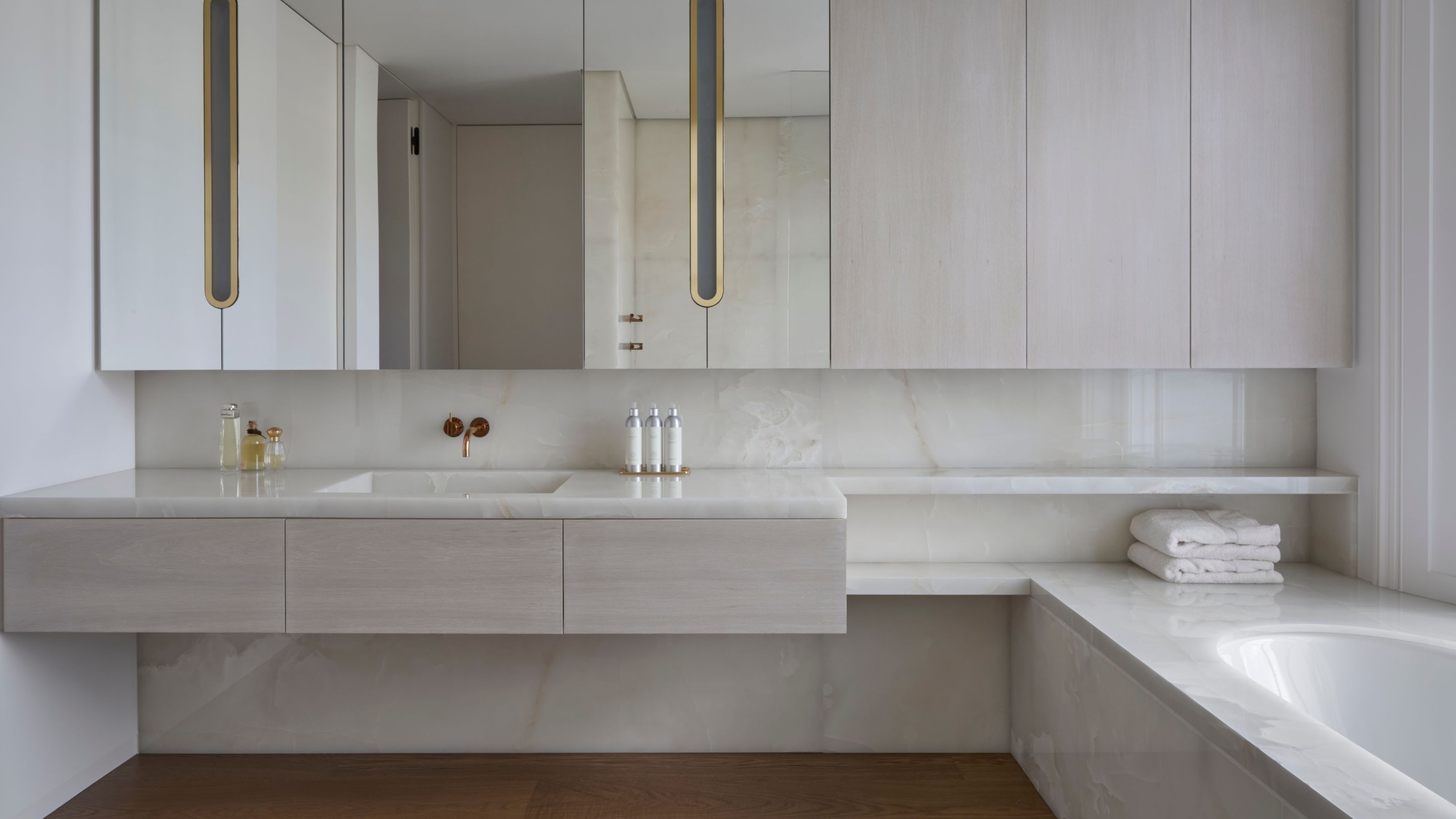 9 Bathroom Storage Mistakes You're Probably Making That Make Using This Space Much Harder — And What to Do Instead
9 Bathroom Storage Mistakes You're Probably Making That Make Using This Space Much Harder — And What to Do InsteadDiscover which mistakes are to blame for your overcrowded and cluttered bathroom
By Seraphina Kyprios Published
-
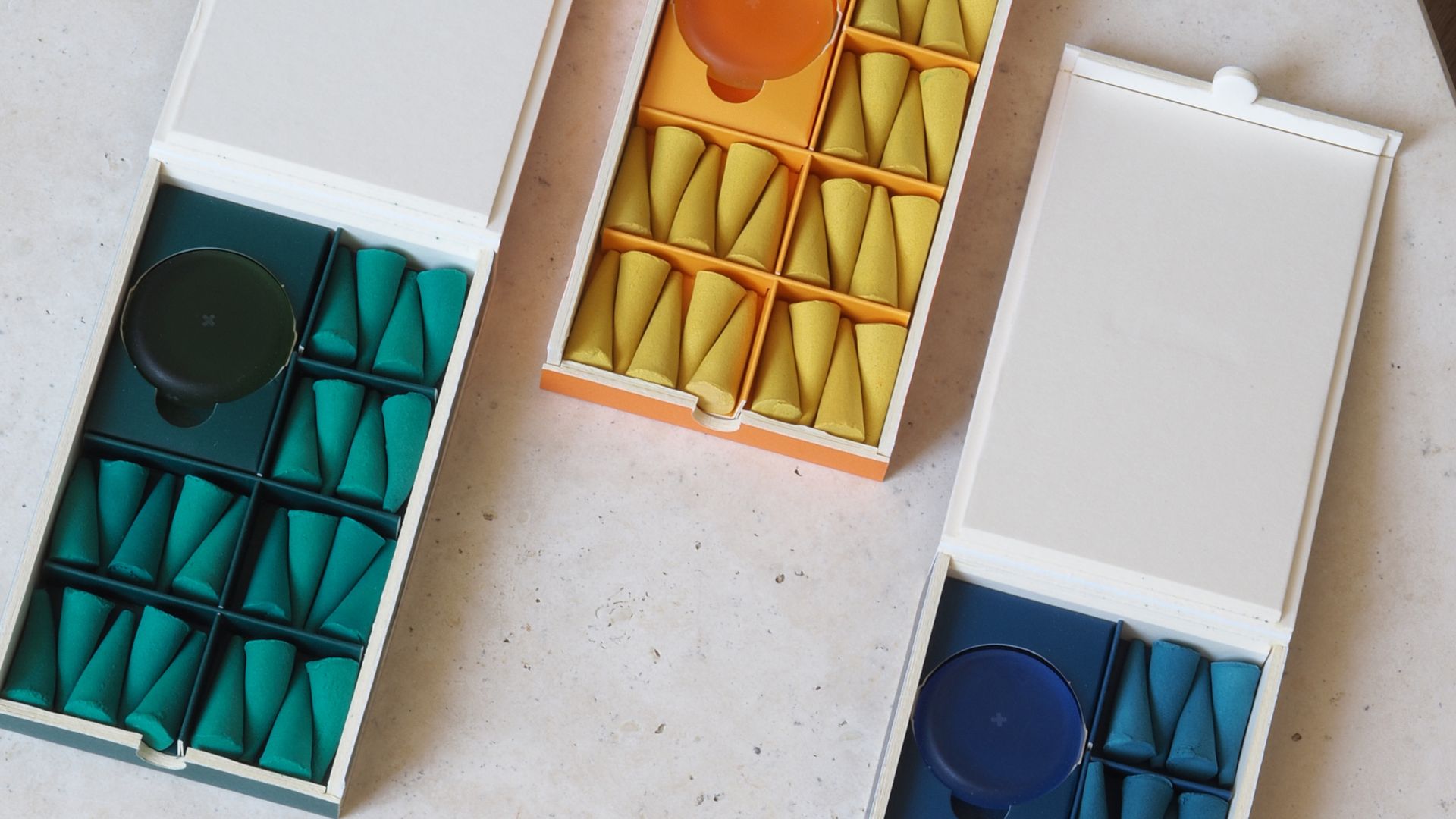 These 'Scenting Droplets' Might Be the Coolest (and Most Stylish) Way to Make Your Home Smell Amazing
These 'Scenting Droplets' Might Be the Coolest (and Most Stylish) Way to Make Your Home Smell AmazingIf you're looking to switch out your incense sticks for something more fun, then you should know about Ripple+'s incense droplets. Let me introduce you.
By Amiya Baratan Published
-
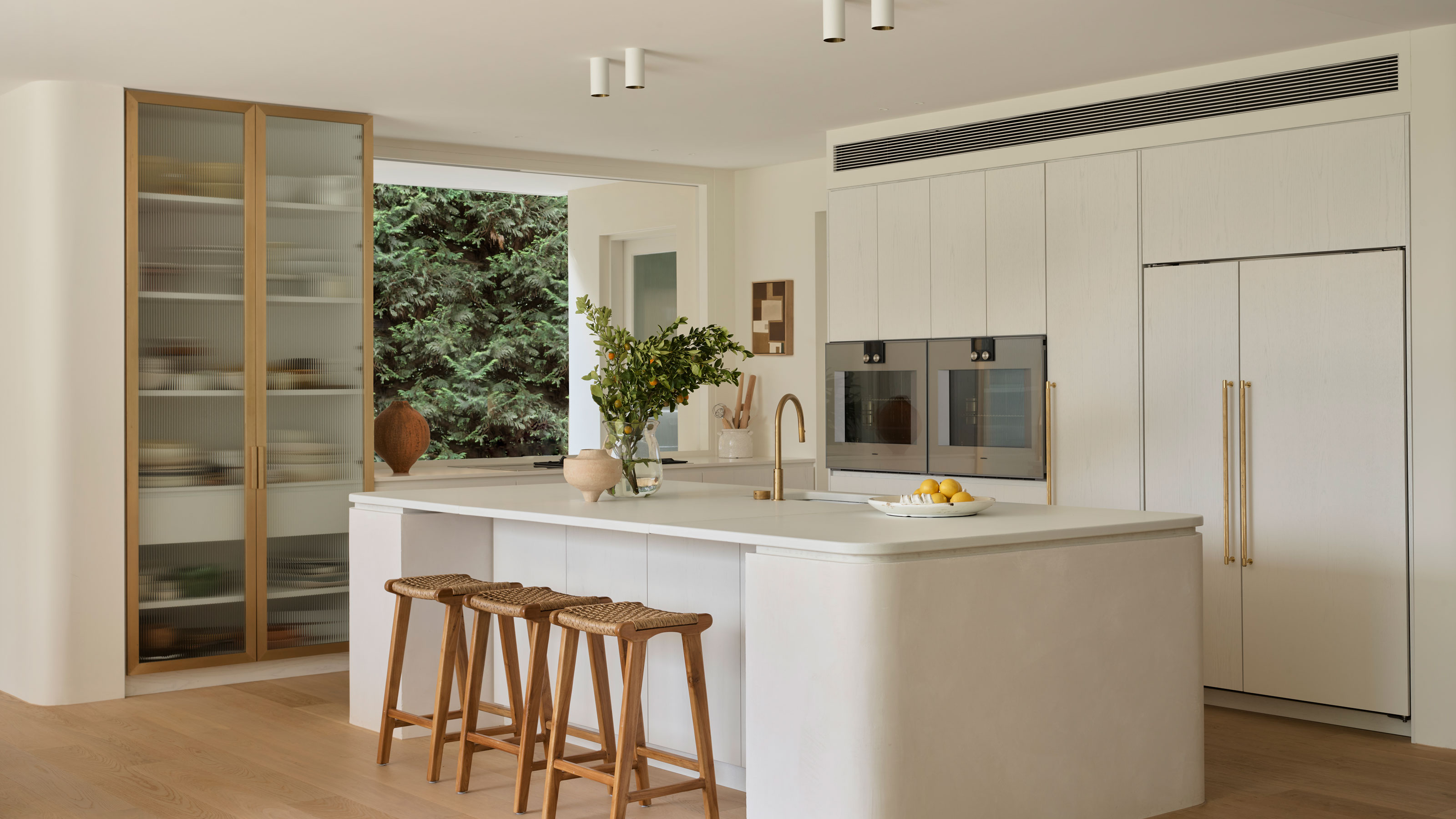 What Can I Choose Instead of Brass Taps? 4 Finishes That Are Emerging in 2025's Kitchens and Bathrooms
What Can I Choose Instead of Brass Taps? 4 Finishes That Are Emerging in 2025's Kitchens and BathroomsIf you want to try something a little different for your kitchen or bathroom finishes, these are the trending styles in taps beyond classic brass
By Seraphina Kyprios Published
-
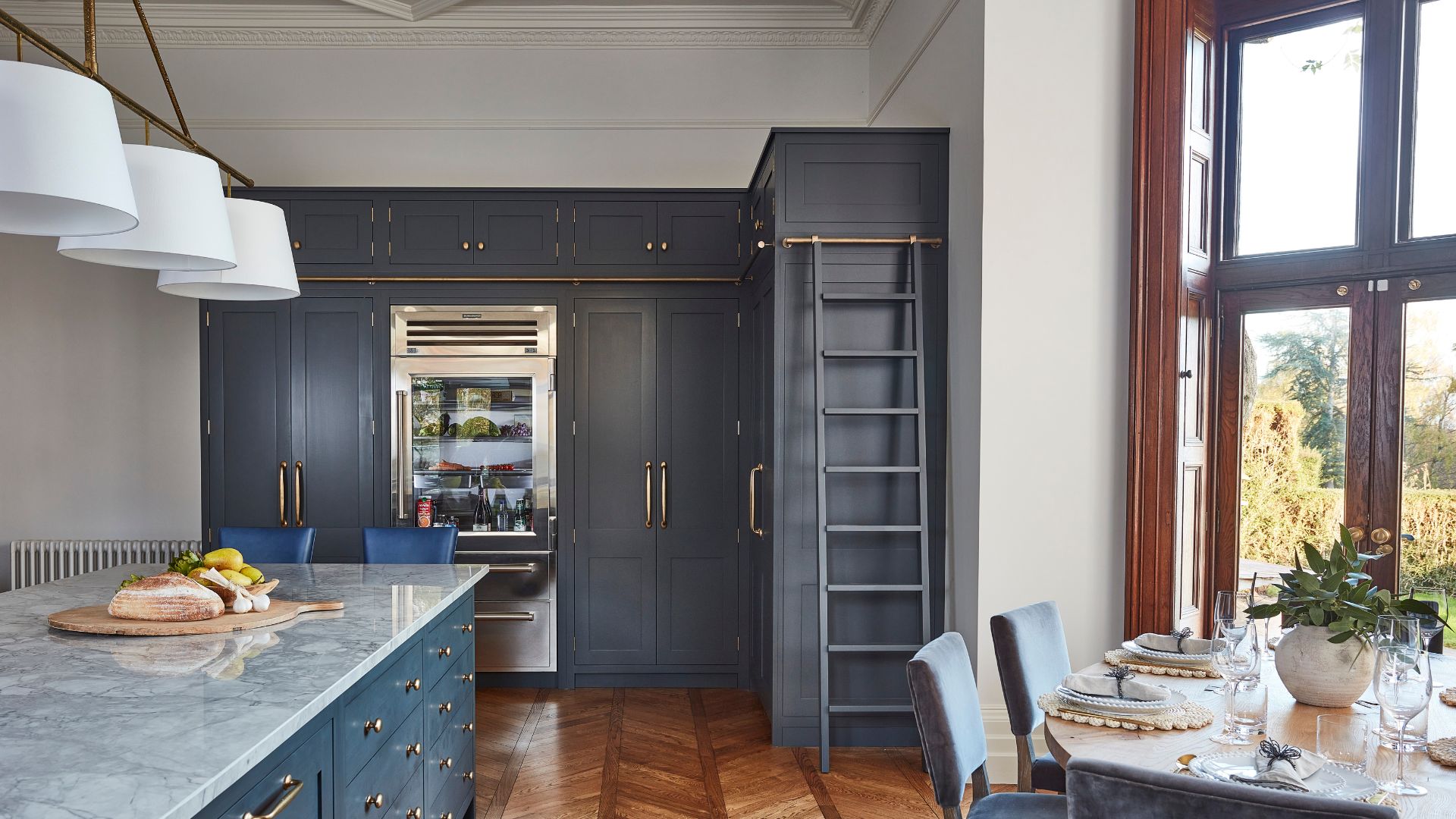 Kris Jenner’s 'All-Green' Glass Fridge Is My Organization Inspo of the Week — Here Are 5 Smart Storage Takeaways I'll Be Adopting
Kris Jenner’s 'All-Green' Glass Fridge Is My Organization Inspo of the Week — Here Are 5 Smart Storage Takeaways I'll Be AdoptingIf you're looking for fridgescaping inspiration, you might not think to look to Kris. But her all-green fridge says otherwise. Here are five tips we've learnt.
By Amiya Baratan Published
-
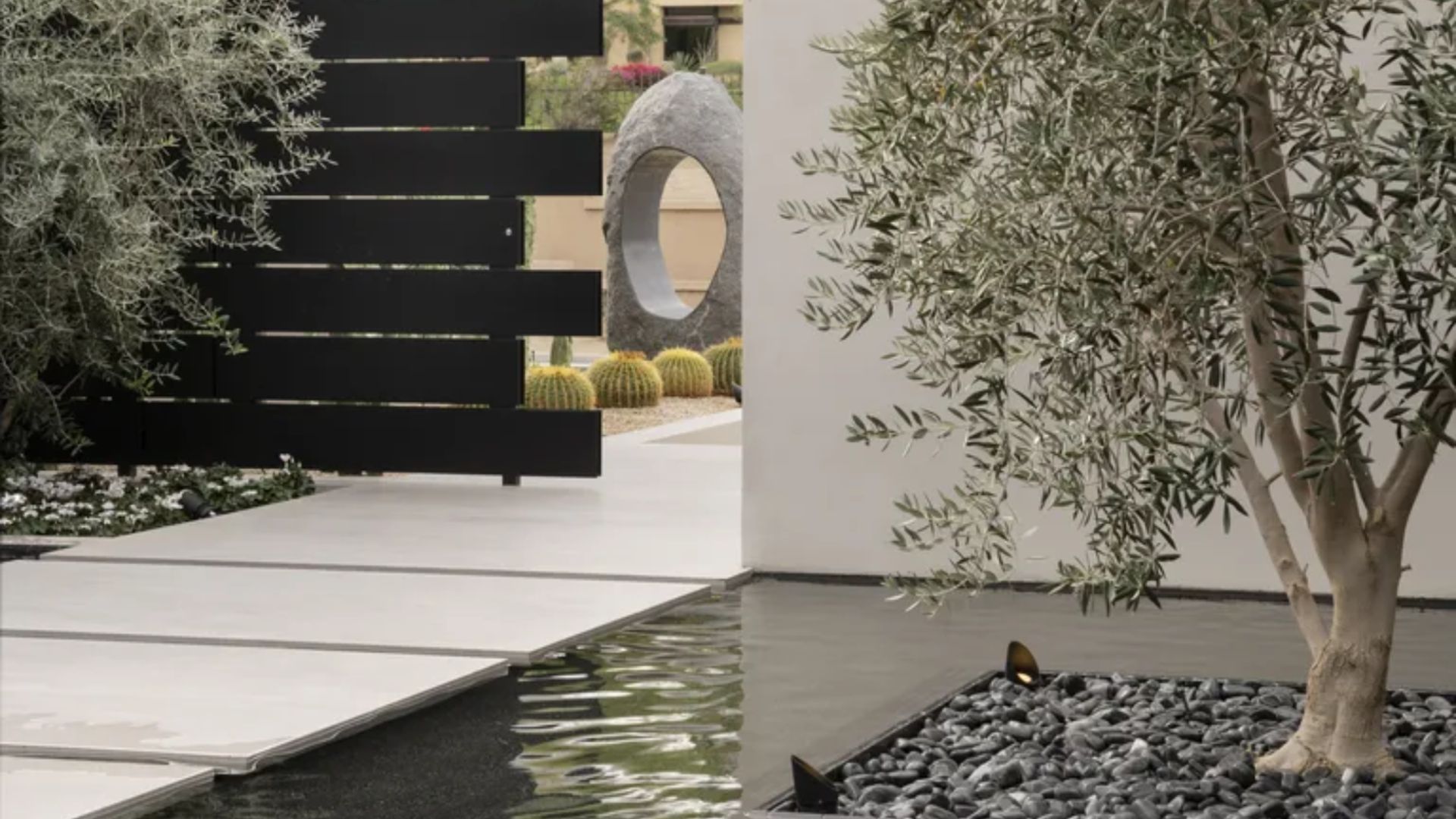 8 Tranquil Water Garden Ideas That Look Beautiful and Train Your Ear Away From Noisy Outdoor Distractions
8 Tranquil Water Garden Ideas That Look Beautiful and Train Your Ear Away From Noisy Outdoor DistractionsIf you enjoy spending time outdoors and are looking for ways to elevate your backyard's ambiance, here are 88 water garden ideas that are sure to inspire.
By Amiya Baratan Published
-
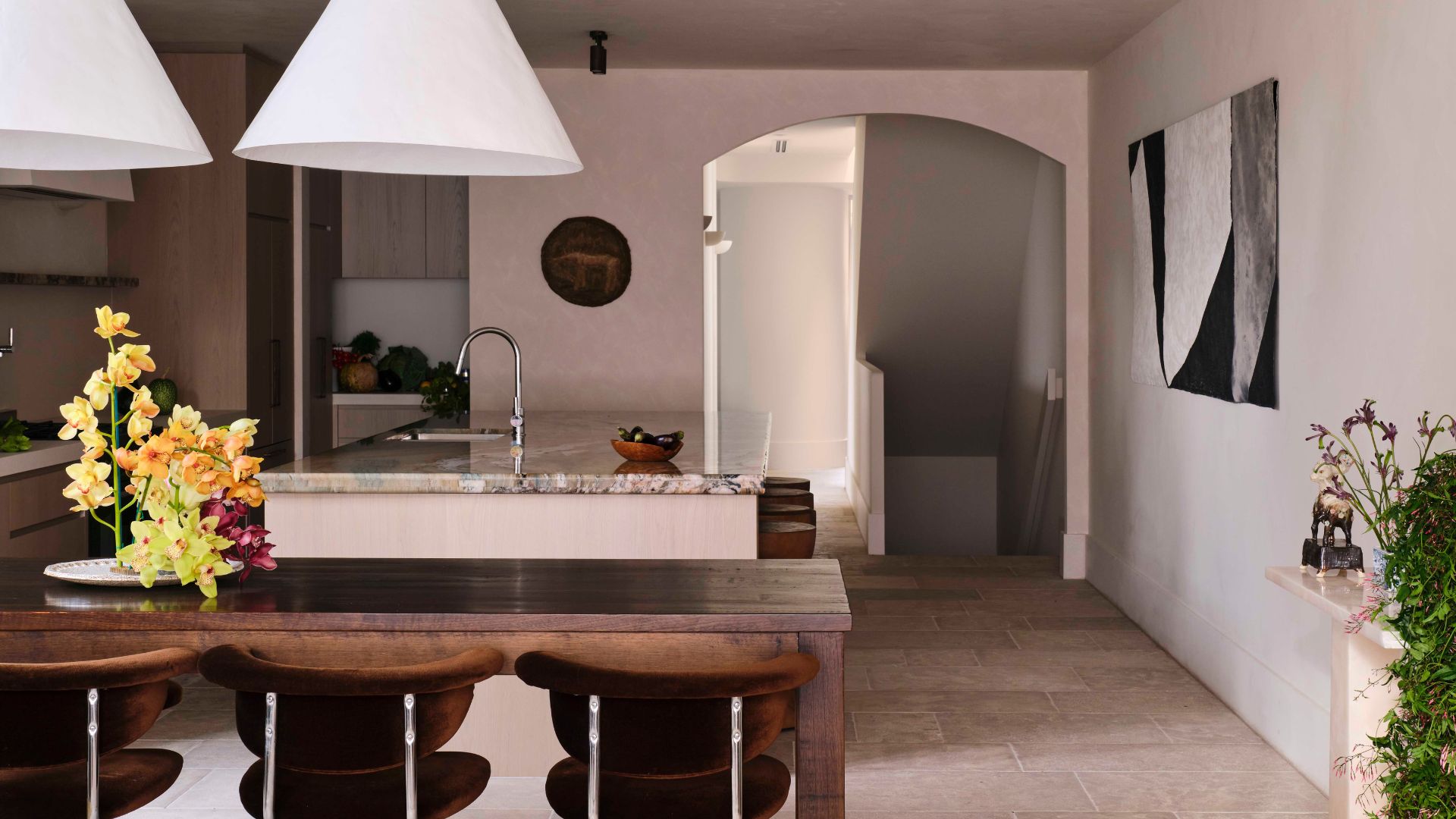 8 Ways to Make Your Home Smell Like Spring — The Tips, and Scents, That Feel Fresh on the Nose for the New Season
8 Ways to Make Your Home Smell Like Spring — The Tips, and Scents, That Feel Fresh on the Nose for the New SeasonDon't get caught lacking with wintery home fragrance now that spring has sprung
By Amiya Baratan Published
-
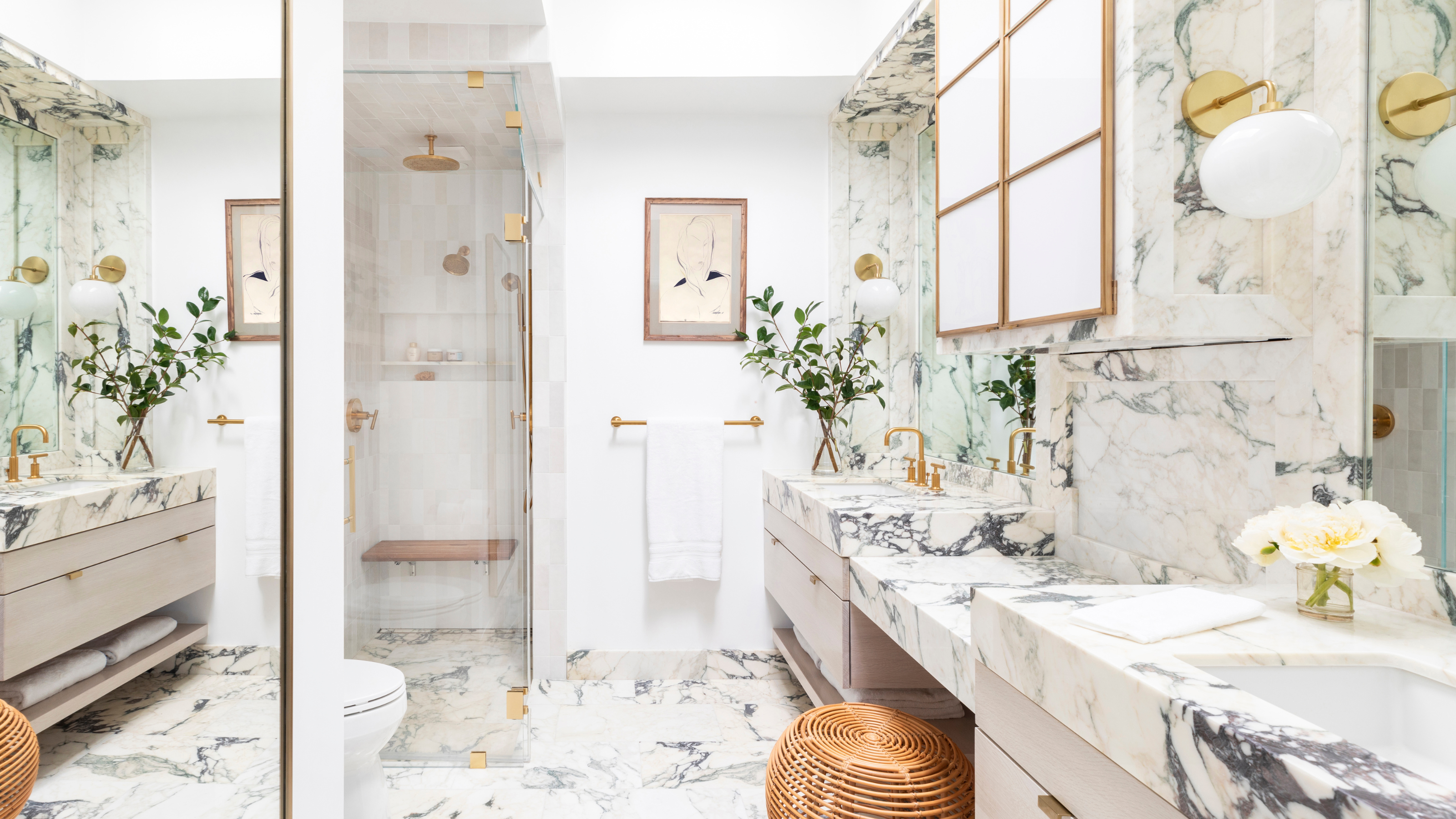 7 Bathroom Organizers That Will Change the Flow of Your Space — And Also Help You Cull Clutter
7 Bathroom Organizers That Will Change the Flow of Your Space — And Also Help You Cull ClutterKeep all your bathroom essentials contained and ditch the clutter for good with these smart ideas
By Seraphina Kyprios Published
-
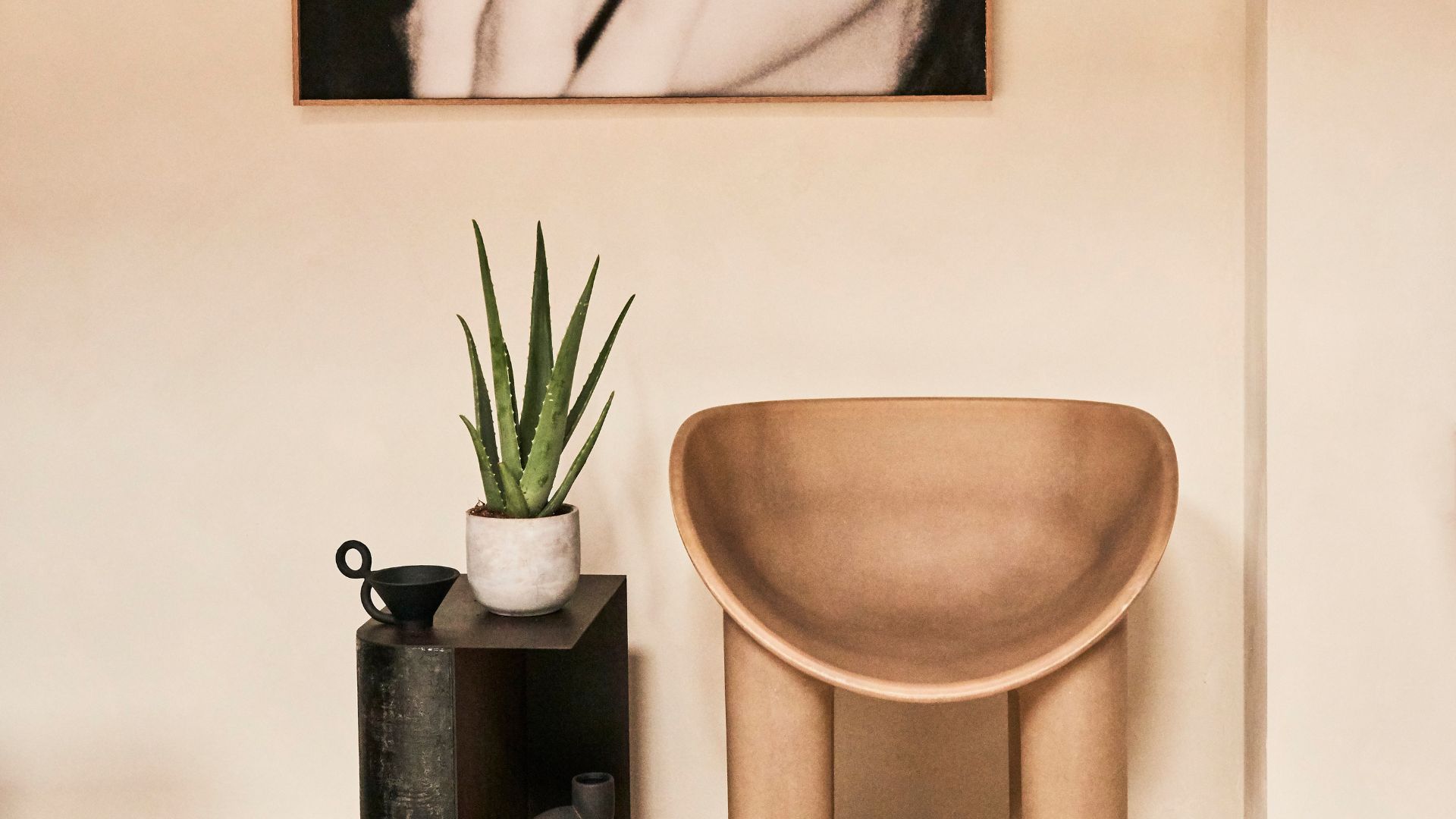 5 Overrated Houseplants That Indoor Garden Experts Actually Don't Like — And What They Say You Should Grow Instead
5 Overrated Houseplants That Indoor Garden Experts Actually Don't Like — And What They Say You Should Grow InsteadLet's take a moment to de-influence you from these over-hyped houseplants that aren't actually worth the trouble
By Amiya Baratan Published
